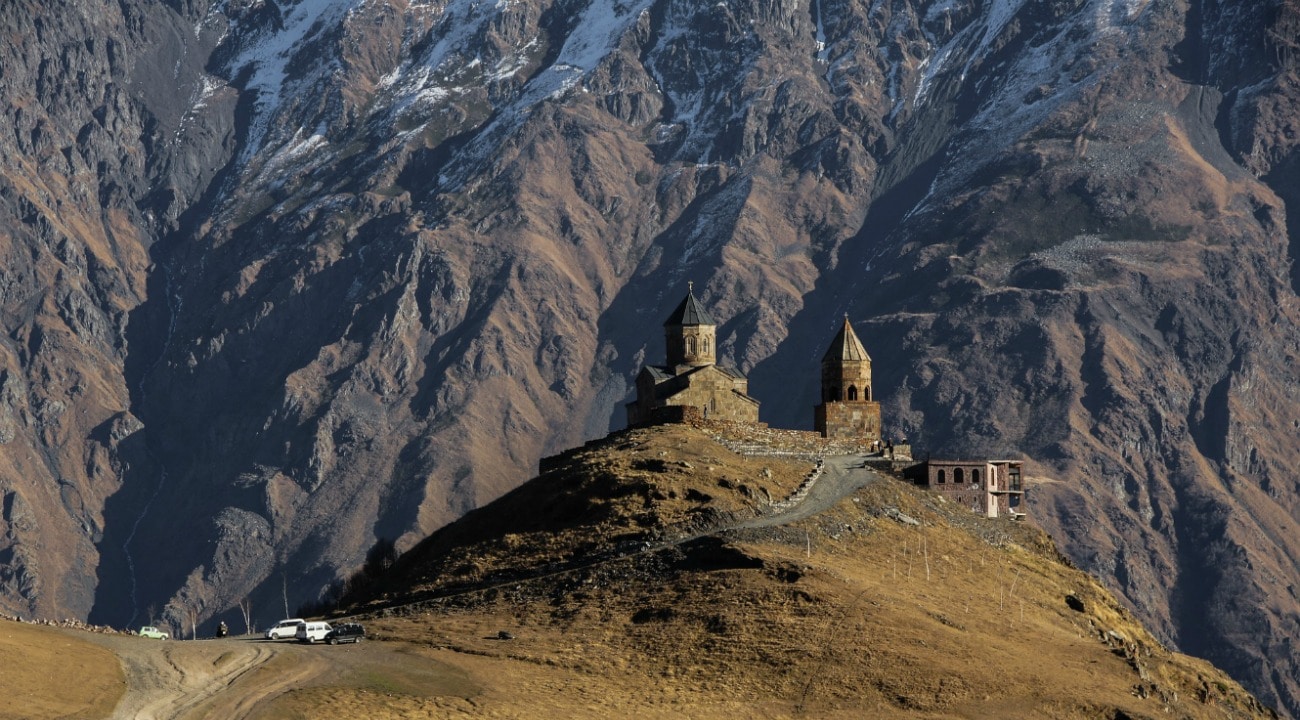The TravelSquire editorial team recently announced our Top 28 destinations for 2020 zeroing in on unique destinations with intriguing sites and experiences. The list is divided into four categories, both domestic and international, and the complete list here.
We’ve shared our newsworthy destinations first and you’ll find those here.
This week we’re sharing picks for Nature & Culture. The sensational nature surrounding each of these places contributes to each one’s cultural roots. Here’s why they made our list for 2020.
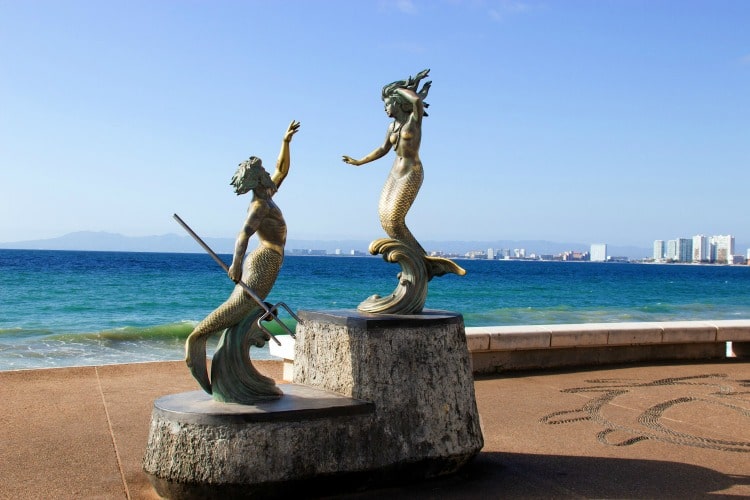
State of Jalisco
Jalisco brings us mariachis and tequila—what more could we ask for from this treasured region of Mexico? At its western edge, popular Puerto Vallarta’s 12 block Malecon provides gorgeous views of the blue waters of Banderas Bay which opens into the Pacific Ocean. Awarded the designation of Cultural Heritage of the State of Jalisco, downtown Puerto Vallarta’s cobbled streets, colorful murals and cultural events delight locals and tourists.
Heading east towards the capital city of Guadalajara, the landscape rises from the foot of the Rio Grande Canyon. Fields of blue agave surround the magical town of Tequila. Named a World Heritage Site by UNESCO in 2006, the agave cultural landscape celebrates the relationship of the people and nature—each sustaining the other.
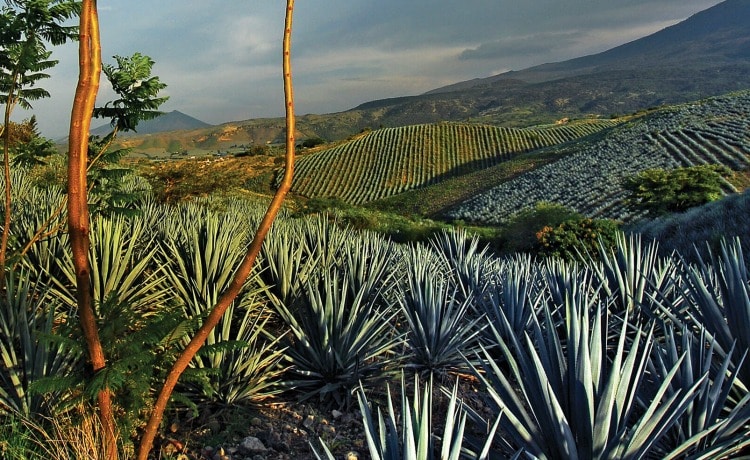
Cowboys ride into the fields each day on horseback tending and cutting the agave crops by hand. These centuries-old traditions continue to produce Jalisco’s liquid treasure—tequila. Raise a glass aboard the black and gold vintage Jose Cuervo Express train running between Guadalajara and Tequila every Saturday. Yes, that’s right, a tequila train! Do you even need to ask how this destination landed a spot on our Top 28? www.visitmexico.com
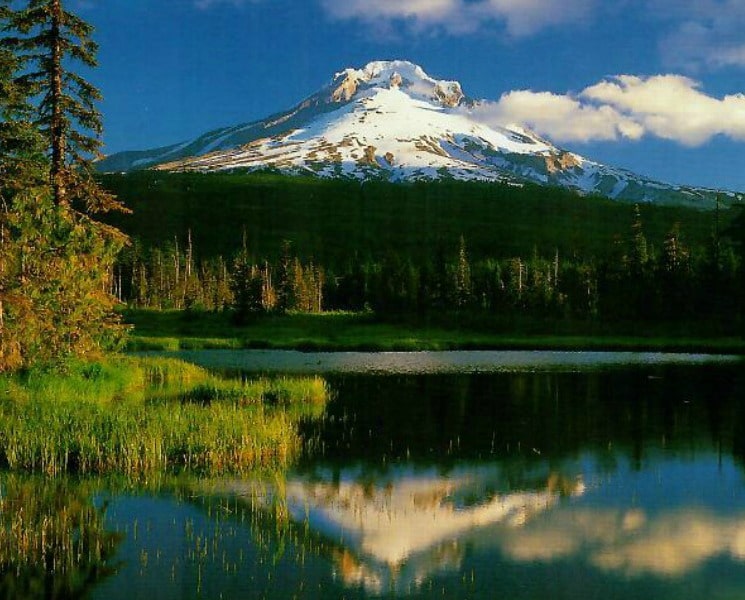
Oregon
You’re never far from nature in our 39th state. With unparalleled diversity in its landscapes, Oregon brings us rock-strewn beaches fringing the Pacific Ocean on its western shore. In the east, an otherworldly desert landscape awaits. In between, you’ll find the Painted Hills where fossils dating back more than 30 million years provide a glimpse deep into the past. Further south, the deep blue waters of Crater Lake coupled with petrified lava tubes open a window onto the state’s volcanic history. And let’s not forget the snow-capped peak of Mt. Hood just outside Portland. Crowned by 11 glaciers, Mt. Hood is the second most climbed mountain in the world.
Rich fertile farmlands of the Willamette Valley yield a wealth of crops including apples and grapes which means an abundance of locally produced ciders and wines. Just outside of Portland, the Tualatin Valley’s thriving urban communities exist minutes from pastoral landscapes and protected nature preserves providing the best of city and country life in one spot.
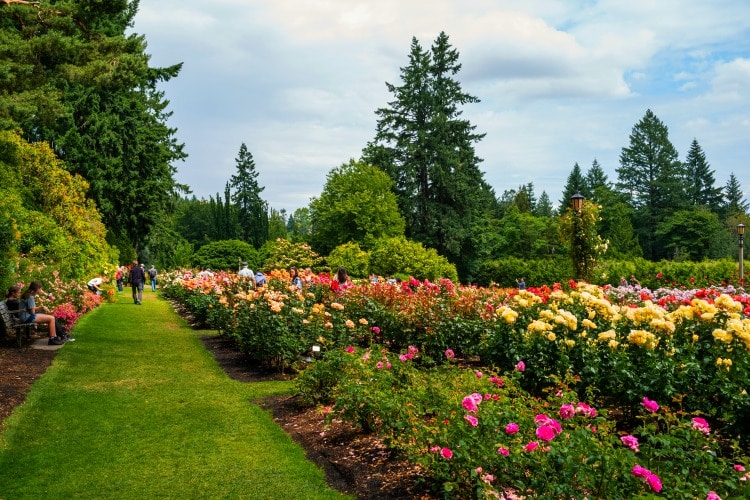
Speaking of cities, as Oregon’s largest, Portland is big enough to provide diverse cultural experiences but small enough to retain its overall charm. Divided into five quadrants, Portland’s neighborhoods offer a glimpse into the personalities of the residents. Each with its own sense of style, attractions and cuisine, you can count on an overall quirky theme delivered by welcoming locals. Even in the city center, you’re never far from nature. Forest Park provides 70 miles of hiking trails in the heart of the city. Hike up for spectacular views of the cityscape and finish up at the International Rose Test Garden. Flower power reigns here with over 7,000 rose plants representing 550 rose varieties. It’s bee heaven. www.traveloregon.com
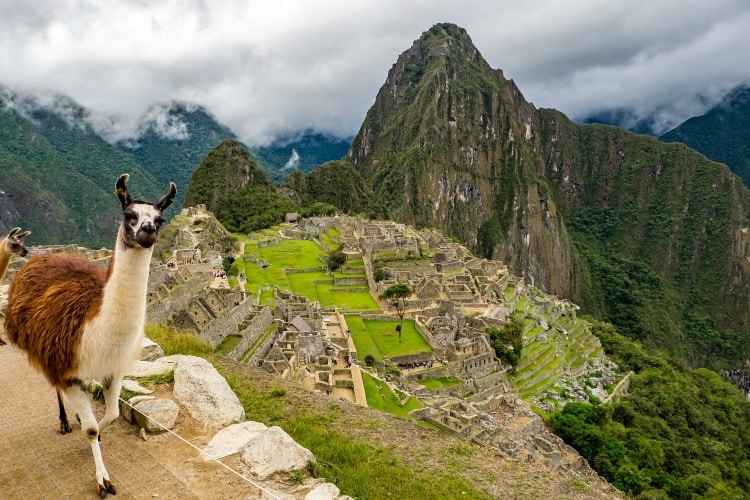
Machu Picchu & Cusco
Standing amid the ruins of the ancient Incan empire surrounded by towering peaks of the Andes Mountains, Machu Picchu brings the connection between nature and culture center stage. In this bucket list destination, tourists wander alongside llama and alpacas throughout the mysterious ruins. But there’s more to this magical part of Peru than this.
The former capital of the Incan Empire, Cusco showcases an abundance of ancient Incan ruins tempered with majestic colonial architecture, colorful indigenous handicraft markets and flower-filled plazas. One of its most fascinating stories provides insight into the enduring spirit of the indigenous Andean people.
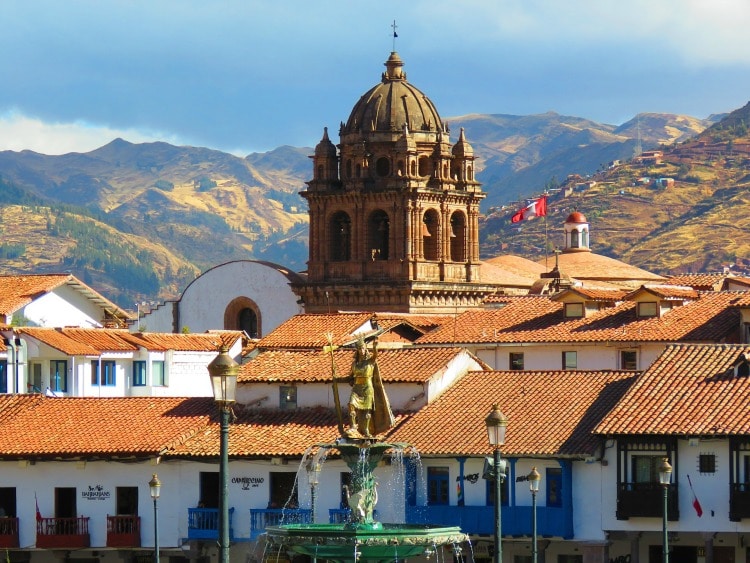
When the Spaniards conquered Peru, they immediately commissioned the building of the Santa Domingo Cathedral to eradicate local traditions. For a period of almost 100 years, local laborers worked on the imposing cathedral cleverly weaving not-so-subtle symbols of their beliefs throughout the structure. Most notably, in the exquisite painting of the Last Supper, Jesus and his Disciples are sipping chicha, a local corn-based beverage, and feasting on roast guinea pig, a typical Andean meal. While you’re there, take a closer look at the painting of the Virgin Mary. Her full skirt suspiciously resembles a mountain which the Andeans considered to be gods. Now that’s an enduring spirit! www.peru.travel
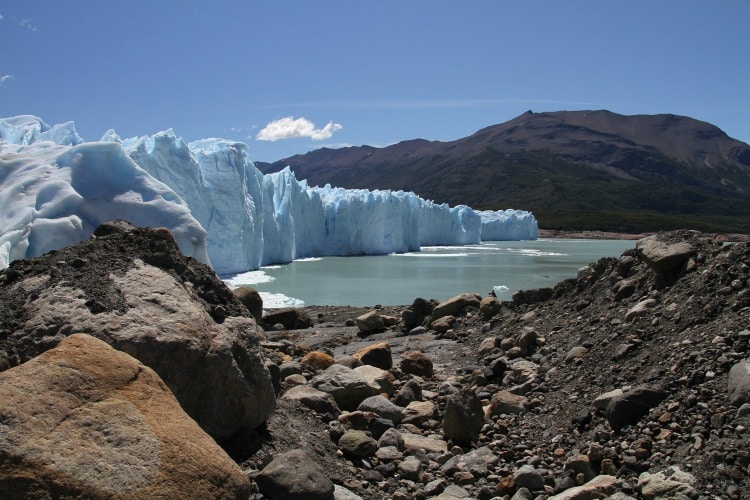
Patagonia
Shared by Argentina and Chile, Patagonia encompasses the vast southernmost tip of South America. A sparsely populated massive expanse of land, Patagonia represents paradise for those seeking solitude in nature. From the dramatic peaks of the Andes Mountains to the still expanding Perito Moreno glacier to fascinating wildlife, this is a land of extremes.
Located in the UNESCO World Heritage Argentinian Los Glaciares National Park, the glacier continues to grow unlike most others around the world. Another continuing species, the Alerces tree, dates back 2,600 years and is the second longest living species on the planet. It lives on in the UNESCO listed Alerces National Park.
If you’re a fan of penguins, Patagonia doesn’t disappoint. Home to four species—Magellanic, Humboldt, Gentoo and King—these inquisitive creatures can be found waddling around from Punta Arenas to Tierra del Fuego.
For road trip enthusiasts, Patagonia provides the ultimate challenge. Argentina’s RN40 stretches over 5,000 km (3,107 miles.) crossing over 236 bridges and through 18 national parks and 11 provinces. This lonely road even crosses the Andes Mountains 27 times. How’s that for epic? www.southamericatourism.com
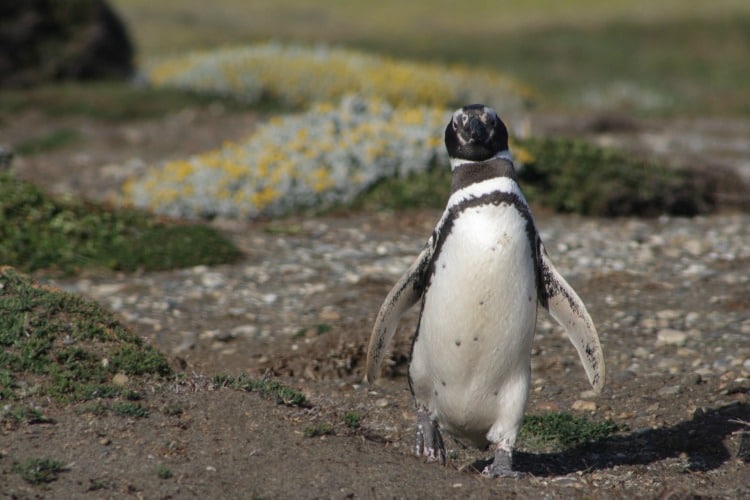
Georgia
Nestled between the Black and Caspian Seas where Europe meets Asia, Georgia reigns as the “Gem of the Caucasus.” Rich in culture and geographically blessed with astonishingly diverse landscapes, Georgia is nirvana for lovers of history and nature and paradise for trekkers. Whether you prefer exploring its medieval villages, sampling the local wines or undertaking long treks in the wilderness, Georgia has it all.
Offering great natural and historical sights, one of the country’s most popular treks connects Mestia, the center of Svaneti region, with the remote mountain village of Ushguli. This four-day trek also offers the advantage of sleeping every night in one of the villages rather than a campsite. The hospitable locals and fabulous cuisine along the way combine to make it a memorable experience.
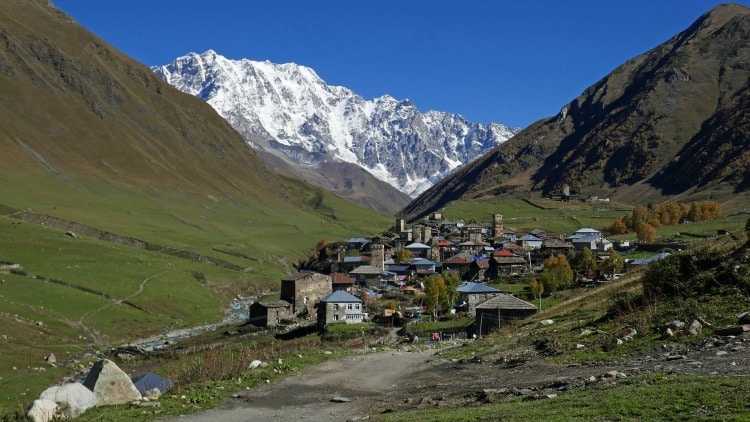
And don’t miss the opportunity to drink wine in its birthplace! Winemaking dates to 8,000 BC in the Caucasus region. About 60% of Georgia’s vineyards are wine producing both by traditional methods and today’s European-style techniques. Aged underground in qvevri—beeswax-lined clay vessels—traditional wines take on an amber hue. Experience this ancient tradition in Kakheti, Georgia’s most prominent wine region where the vineyards cover 4,250 square miles of the landscape. Man-made cave cities and 1,500-year-old monasteries add intrigue to this fascinating corner of the world. www.georgia.travel
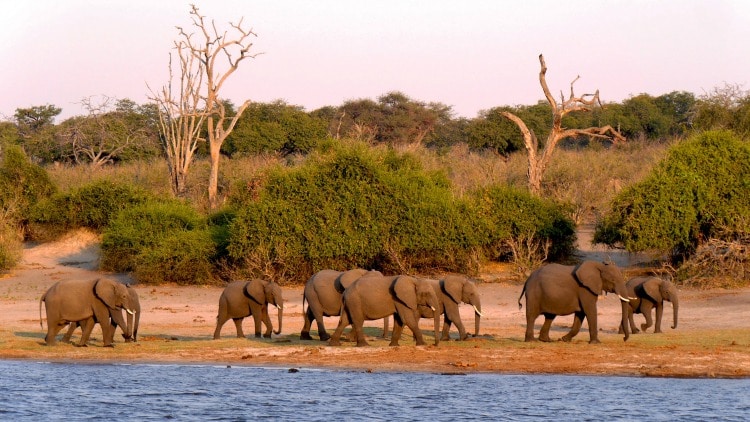
Botswana
With 38% of the land dedicated to wildlife management, national parks and game reserves, Botswana provides ample opportunity for wildlife sightings. One of the world’s largest inland deltas and a UNESCO World Heritage site, the Okavango Delta covers roughly 5,900 square miles of the country. Floodwaters flow from central Africa’s highlands into the Delta creating a wondrous wetland comprised of water channels, lagoons and islands.
Situated on the fertile northeastern fringes, the Khawi Concession attracts huge herds of migrating elephants who enjoy the Mopane woodlands of the park’s interior. Large predators including lions, African wild dogs and spotted hyena are here too. You may even spot the elusive leopard. This area represents eco-tourism at its best. A community-run endeavor, all proceeds from tourism go back to the Khwai Village for community upliftment and eco-tourism initiatives.
With much of its land covered with water, Botswana offers an uncommon experience—safari by boat. Glide past hippos lazing in the waters and elephants swimming and playing at the water’s edge. And there’s always the possibility of a crocodile wading into the water in search of the perfect meal. I’d say that ups the adventure quotient! www.botswanatourism.co
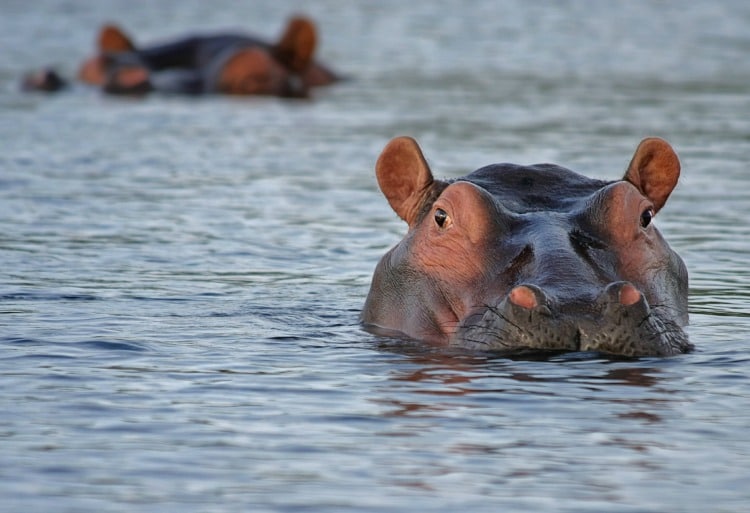
Nova Scotia
Known as “Canada’s Ocean Playground,” Nova Scotia brings us iconic lighthouses, quaint fishing villages and those adorable puffins and seals. And let’s not forget the views! Comprising a peninsula and offshore islands, this eastern province combines the best of nature and culture together. In Nova Scotia you’ll find the coastal gem and postcard pretty Old Town Lunenburg. Founded in 1753, it has earned a UNESCO World Heritage designation as the best surviving example of a British colonial settlement in North America. Nature takes the stage at the Bay of Fundy which holds the record for the most extreme tides in the world.
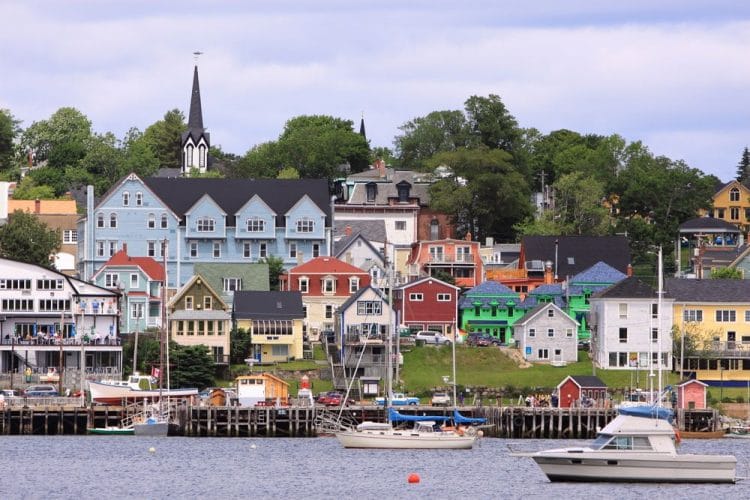
Dominated by the star-shaped Citadel, the capital city of Halifax harbors a lively waterfront and Victorian-era Public Gardens. Intertwined with the rich maritime culture, scenic natural wonders abound. Sweeping ocean views await along the Cabot Trail scenic highway making it ideal for a road trip. The river canyons and forests of the Cape Breton Plateau provide excellent wildlife viewing opportunities—keep an eye out for moose and black bears. Coastal hikes, kayaking, fishing and seasonal whale-watching keep outdoor enthusiasts happily entertained. www.novascotia.com
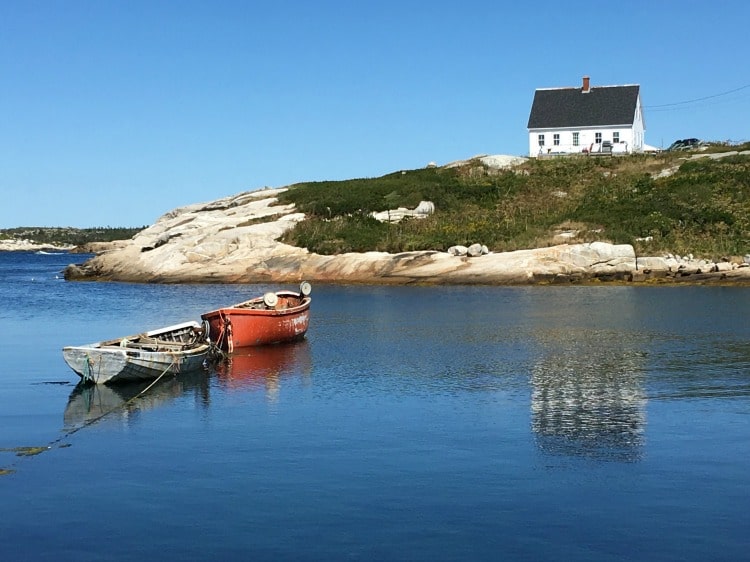
More to come…
Next week we’ll share our Urban Destinations for 2020. Stay tuned!

